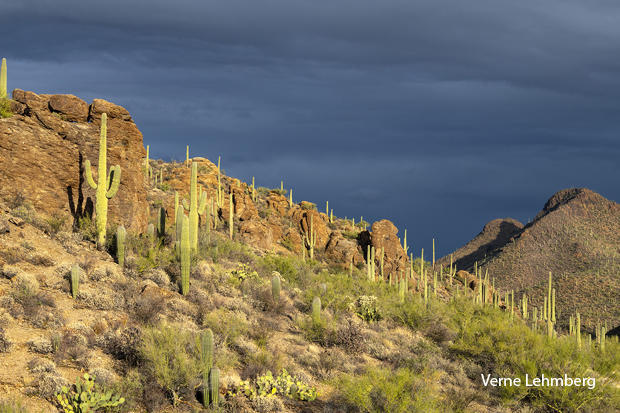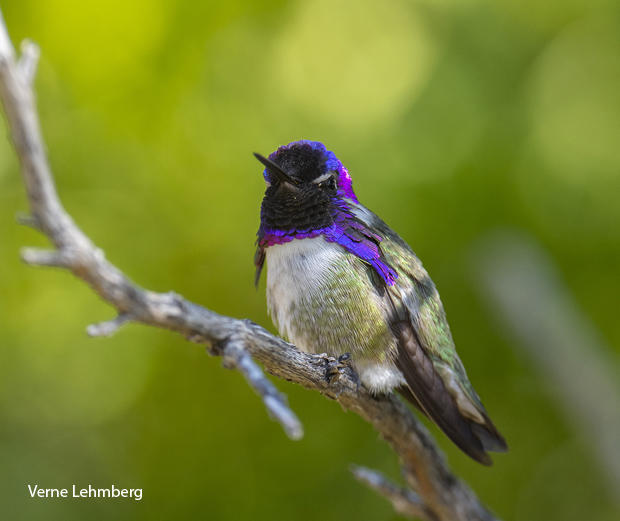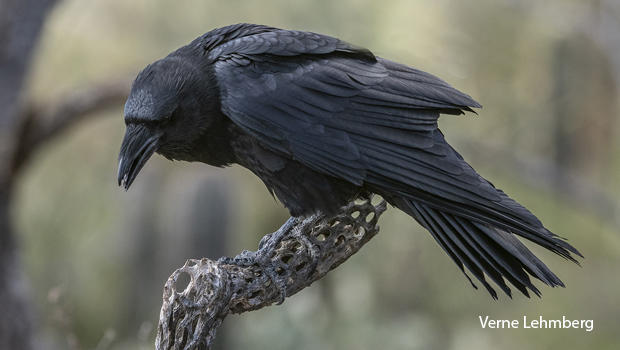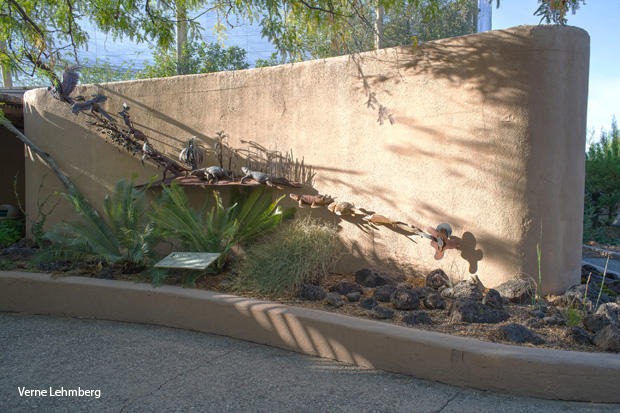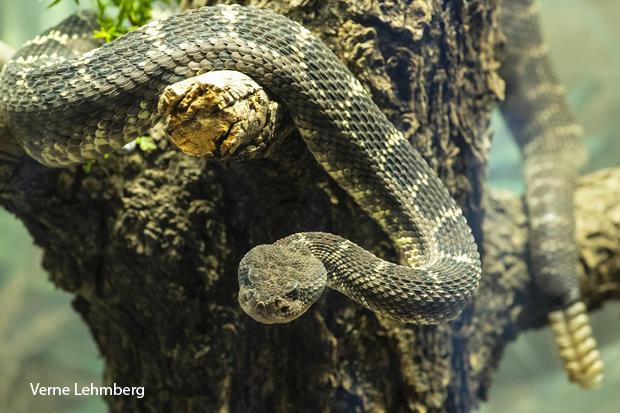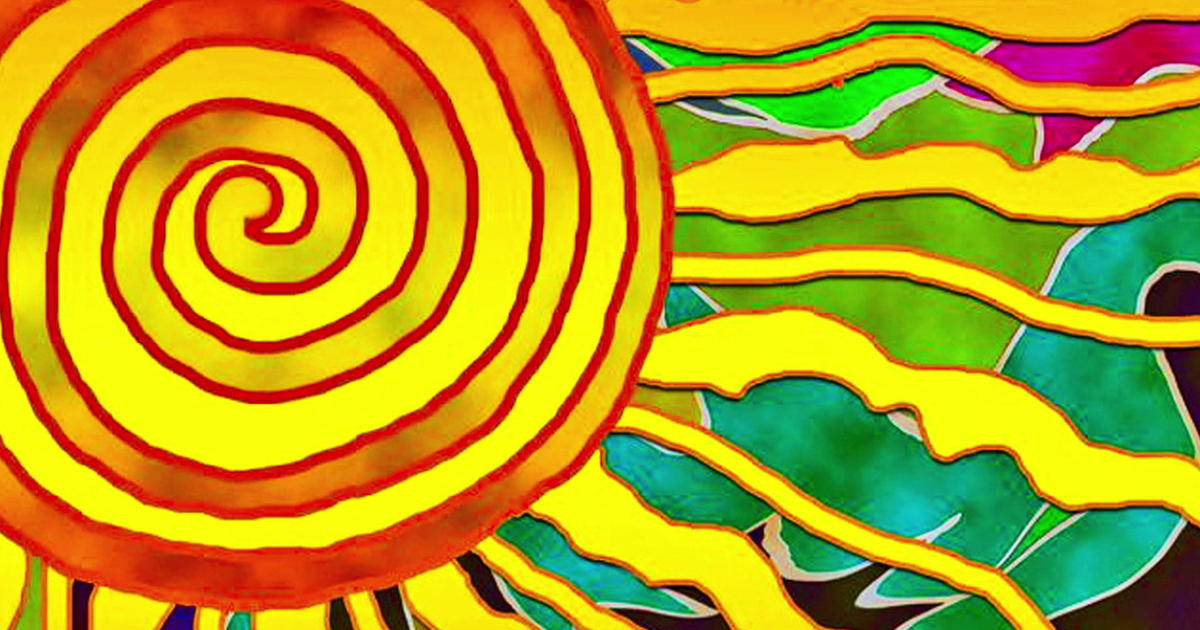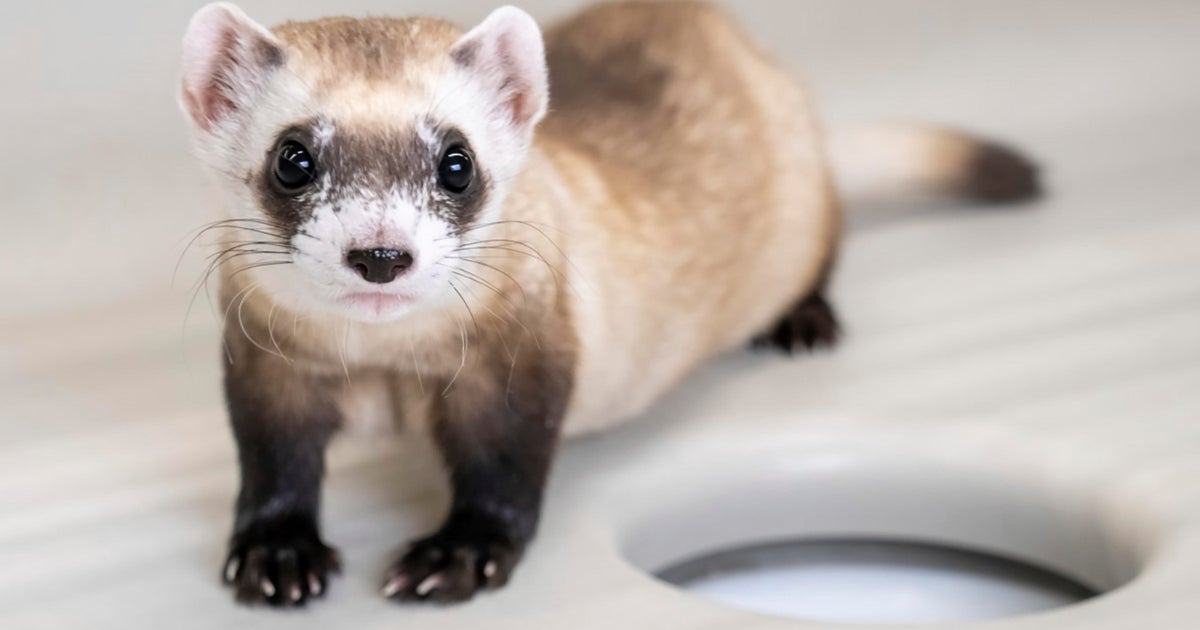Nature up close: A living museum in the Sonora Desert
By "Sunday Morning" contributing videographer Judy Lehmberg.
Wander into a desert for the first time and you may not be too impressed. Most deserts are dry, hot, drab landscapes full of prickly plants. But spend some time there, especially in the early morning or late evening, and you begin to appreciate how unique they are, and how well-adapted plants and animals must be to survive there.
The Sonoran Desert of central, southern and western Arizona (as well as parts of southern California and well into Mexico) is a superb example of a diverse and thriving desert. In fact, it is the most diverse desert in North America, with more species of plants than any desert on the entire planet. It has shiny, prickly cholla cactus, large clusters of succulent prickly pear, and alien-looking saguaro cactus, along with abundant species of birds (including colorful hummingbirds, raucous Gila woodpeckers, inquisitive cactus wrens and petite little verdins). The mammals and reptiles are harder to spot during the day while they hide from the heat, but take a moonlit walk and you may be surprised at the critters who are out only at night, including scorpions that literally shine like a neon sign if you come equipped with a UV light.
Outside Tucson, surrounded by the Sonoran Desert, is a unique institution that since 1952 has stayed true to its original mission of highlighting Sonoran Desert organisms, from insects and birds to toads and cactus, along with hundreds of other species. The Arizona Sonora Desert Museum (ASDM) isn't a museum in the traditional sense, except for its extensive mineral and art exhibits, because most of its "specimens" are alive.
My first visit to the museum was in 1973, where I got to pet a Gila monster (that is not allowed today). I immediately fell in love with it and have returned many times since. In those intervening years much has changed, or more correctly, expanded. There are exhibits of many of the local desert's species. Some of my favorites are the walk-in hummingbird aviary, where the residents are so well-cared-for they regularly breed and produce offspring. It is one of the few zoo-like environments where wild hummingbirds try to get in to visit would-be mates, or get food. They also have another aviary for larger birds. It has also experienced wild birds trying to break in. Rumor has it that several years ago a verdin inside the aviary attracted a suitor from the outside. The inside verdin built a nest right next to the screen barrier; the wild one built a nest next to it on the outside. Obviously, no eggs were laid but they had a (chaste) relationship nonetheless.
One of the museum's most popular attractions is the twice-daily raptor free flight, where various species of trained hawks, falcons, owls and ravens are allowed to fly. It is not only popular with visitors; it is an effective enrichment program for the birds, something that is very important to the museum staff who care deeply for their charges. We've spent hours photographing these birds as they perch and fly. The routine can vary, but generally a bird is brought to the free flight area in a pet carrier where it is released to sit on the trainer's gloved hand. Once it begins flying, the trainer puts bits of meat in various spots so the visitors can watch the bird fly in and grab the treat.
A few days ago it was fairly windy when the trainer released Dante, a young male Chihuahuan raven. As Dante attempted flying to his treat, he got blown off course and ended out over the black bear exhibit, an area of the museum he had never seen before. He quickly noticed the bear had some uneaten treats of his own – but not for long! Ravens are smart with superb eyesight, and he quickly took advantage of the situation. The next day, when the trainer released Dante, in virtually no wind, he headed straight for the bear exhibit, and again was successful in stealing some of the bear's food. That afternoon Dante spent a good bit of time with his trainer, and now he doesn't visit the bear exhibit.
Ravens are experts at recognizing individual humans. At the end of each bird's flights they are trained to go to their carrier where they are rewarded once they go in. The volunteer giving the reward changes from day to day. Once when Dante dutifully went into his carrier the volunteer forgot to have a reward for him. Since then he refuses to go in if that volunteer is waiting at the carrier. Smart bird!
The museum's plants represent some of the more striking Sonoran Desert natives. As Jason Wiley, one of the museum's horticulturists, said, "The Arizona Sonora Desert Museum has a strong sense of place." He is in charge of the cactus. When he first started at the museum in 2014, no one went into the cactus gardens; now they do, as their eyes are drawn from one group of cactus to the next, even when they aren't blooming, a feat made possible by his strong design background.
The museum horticulturists broke their "native only" rule for one exhibit, and rightly so from this biologist's perspective. At the entrance to the large aviary is a striking sculpture depicting the evolution of birds from planaria to fish to reptiles to flying dinosaurs and finally birds. But it is what is under the sculpture that is so intriguing: the evolution of plants using living plants. Many of the animals depicted in the sculptures have been extinct for millions of years, but some of the living plants exhibited grew where animals even more ancient than the dinosaurs once roamed.
The Arizona Sonora Desert Museum is located on the south side of Tucson adjacent to Saguaro National Park. It is open 365 days a year. Especially if you are a photographer, consider an annual membership because it is impossible to see and photograph everything in one day. If you enjoy camping, Gilbert Ray Campground, run by Pima County, is very close to both the museum and the national park. The best time to visit is April when many of the cactus and wildflowers are blooming and the hummingbirds are either sitting on eggs or feeding babies. It can be quite hot in June, July and August.
Judy Lehmberg is a former college biology teacher who now shoots nature videos.
See also:
- Judy Lehmberg (Official site)
- Judy Lehmberg's YouTube Channel
To watch extended "Sunday Morning" Nature videos click here!
